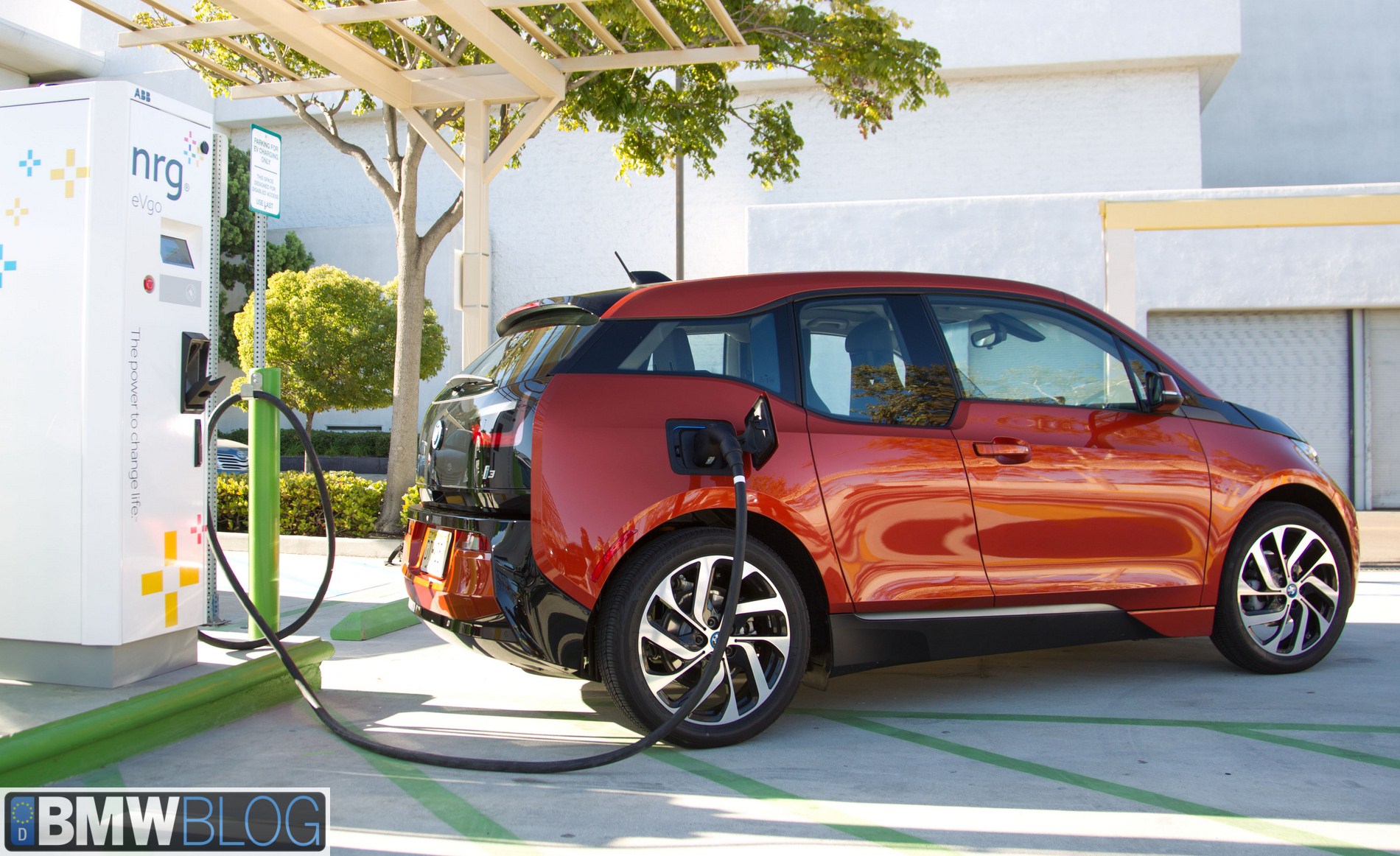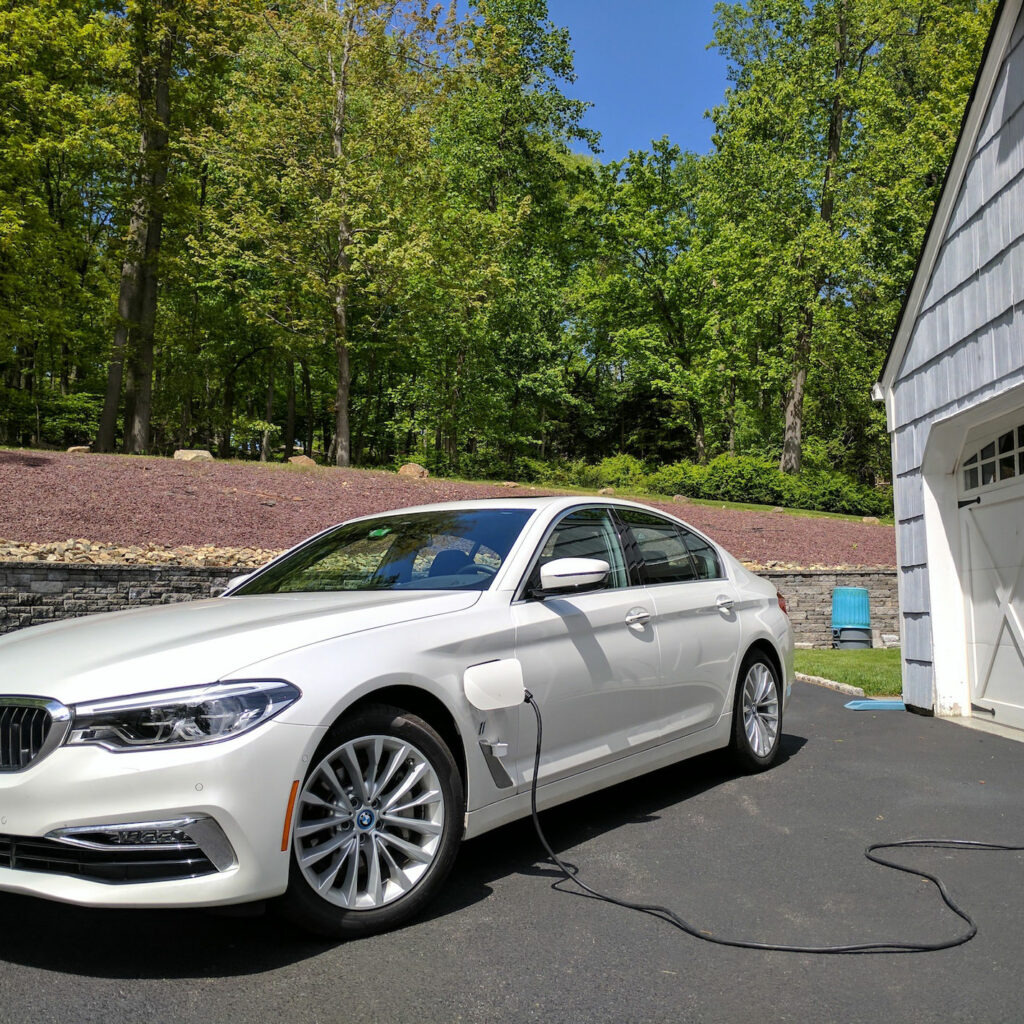Congratulations on your electric car or plug-in hybrid and welcome to this new world. Yet, we’re certain that many questions are still left unanswered when it comes to electro-mobility and one big one is: How to charge my electric car. There is no standard naming convention, but most of the electric vehicles owners can often be heard using terms like Level 1, Level 2 or Level 3.
Each charging power level has its own use case, pros or cons, so we put together a car charging guide.
- Level 1 Electric Car Charging – Home outlet
- Level 2 charging from a 240V source
- Level 3 (DC Fast Charge or DCFC)
Levels Based On Power (kW)
Level 1
Level 1 charging is charging from a basic 120V household outlet. Some automakers include a Level 1 OCU (occasional use charger) with all of their electric vehicles and plug-in hybrids. It is without a doubt the slowest charging options and, based on your battery capacity, it can take dozens of hours to achieve 100% charge. It’s usually the last resort and it works well if you need to charge your car at home once a week. For example, some electric cars will charge from empty to full in 24 to 28 hours.
Level 2
Level 2 charging is charging from a 240V source. There are Level 2 chargers that range from 16 amps all the way up to 80 amps. The most common power delivery for Level 2 home charging stations is between 30 amps and 40 amps. A 16 amp level 2 charger will deliver about 12 miles of range per hour, a 32 amp charging station will deliver about 25 miles of range per hour and an 80 amp charging station will deliver roughly 65 miles of range per hour.
For smaller battery packs, it will take around seven to eight hours to fully recharge.
Level 3 (DC Fast Charge or DCFC)

DC fast charge stations are high-powered commercial stations that are only found in public places. Because of the high power demand and cost, they aren’t available for home use. DC fast charge stations can charge an EV at a rate of 3 to 20 miles per minute. DC fast charge stations are used to long distance traveling, when recharging speed is critical. The new ultra high-speed charging stations just now beginning to be deployed can deliver 250+ miles of range to an EV in under 15 minutes.
Electric cars like the Porsche Taycan have a maximum DC charging capacity of 270 kW, enough to deliver an 80 percent charge in just 22.5 minutes. The Audi e-tron touts a charging capacity of 150 kW and a charging time to 80 percent in 30 minutes.
What The Right Level of Charging For Me?
It basically boils down to your own use case. If your daily commute is short and have no place to charge at work, then a Level 2 charging station at home is the best investment. Of course, if your workplace, shopping mall or grocery store offers DC Fast Charging, then that would be the best choice. Yet, keep in mind that the last 20 percent of charging is just as fast on the Level 2 as it is on DCFC (Level 3). We often plugin our BMW i3 at a grocery store, only to continue with Level 2 charging at home. In many cases, Level 3 charging is also more expensive than Level 2.
We only use Level 1 if we have a day or so to spare, in situations like camping when the only plugs available are the standard outlets.
Charging times are also dependent on other factors such as:
- the ambient temperature
- if the battery is cold it will charge significantly slower on a DC fast charger
- the battery charge state
- the last 20 percent is always slower to charge to preserve the battery
Of course your mileage may/will vary. However, consult your owner’s manual for specifics.

